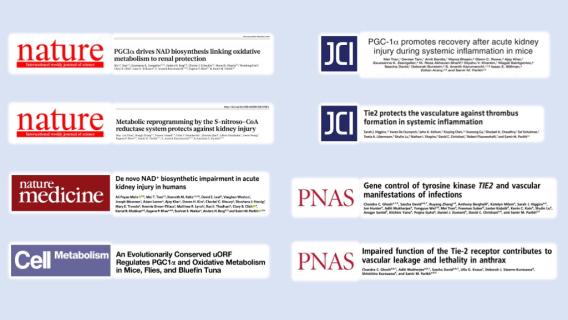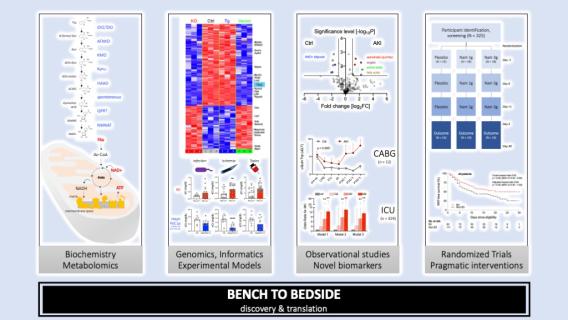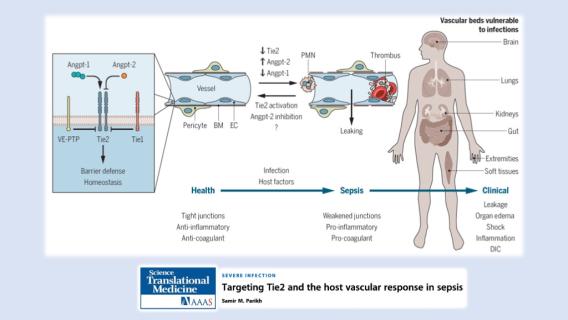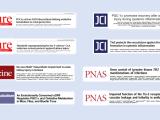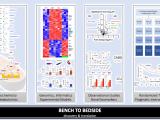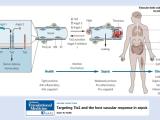Mechanisms of Aging and Resilience to Stress
Kidney histology following systemic exposure to the chemotherapy agent cisplatin. Arrows to necrotic tubules (left). Protection against damage with conditional induction of the mitochondrial biogenesis gene PGC1⍺ in kidney tubules (right).
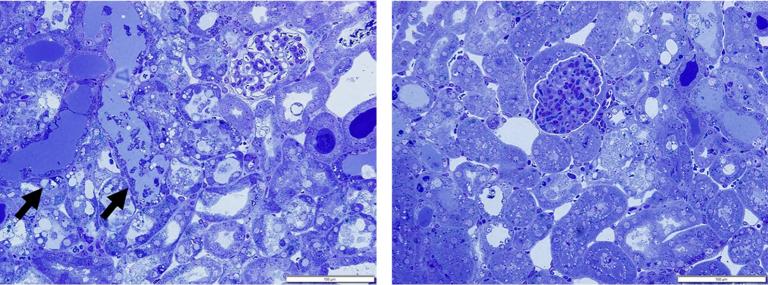
Learn about the Parikh Lab
Dr. Parikh: My name is Samir Parikh, and I want to thank you for visiting our research group's website. Our lab is interested in the genetic, molecular, and biochemical underpinnings of how the human body is extraordinarily resilient against a wide spectrum of stressors. We think about cellular and organ system resilience from the perspectives of aging, nutrition, metabolism, genetic risk factors, and how acute and chronic diseases interact.
Our approaches span multiomics and cellular CRISPR-based screening, up to conditional genetic mouse models, and even clinical trials and other translational strategies. We've enjoyed the privilege of publishing primary research in Nature, Nature Medicine, Science Translational Medicine, Cell Metabolism, PNAS, Blood, JCI, and other high-impact journals. Mentees have received K-series grants and career development awards from other funders, including the AHA, the ASN, the AASLD, the Doris Duke Foundation, and several more.
More than 20 mentees are academic faculty of institutions, including Harvard, Yale, Brown, University of Chicago, and UCLA, among others. Our research has been supported by grants from the AHA, the American Society of Nephrology, industry partners, the NIDDK, the NIA, and NHLBI's Outstanding Investigator Program. Please do browse the website and contact any of us with questions or interest in learning more, and thanks so much.

Meet the PI
Dr. Samir Parikh is Professor of Internal Medicine, Professor of Pharmacology, and Chief of the Division of Nephrology. The Parikh lab studies mechanisms of aging as they relate to the vasculature and energy metabolism.
